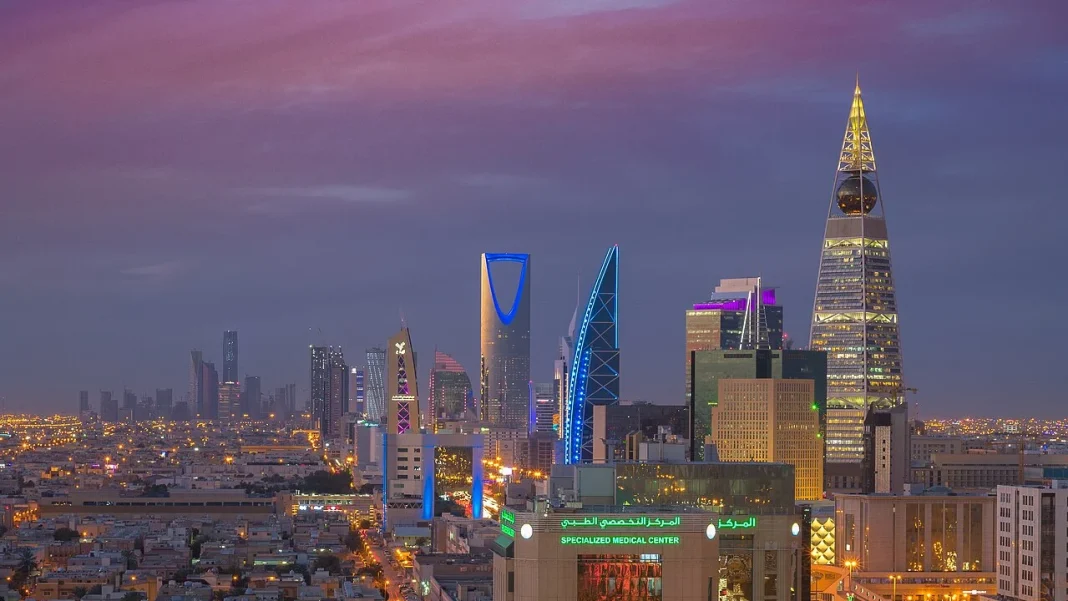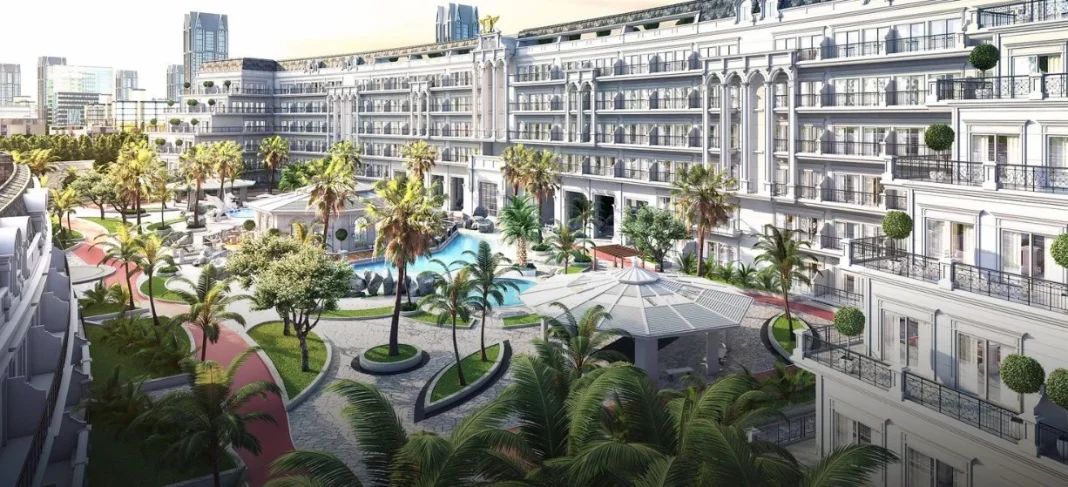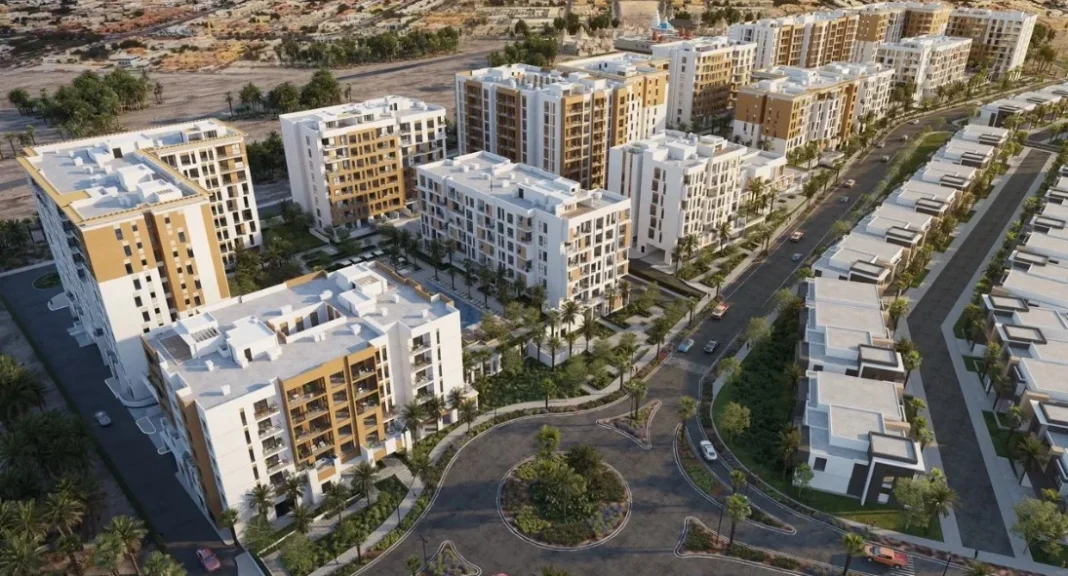The Persian Gulf has become the canvas where some of the most dazzling urban ambitions on the planet are drawn. In this context of accelerated development, the Riyadh City project emerges strongly, an initiative that redefines the scale of urban planning in Abu Dhabi. Cities springing up from the desert, artificial islands that challenge the sea, skyscrapers that touch the clouds; it seems there is no limit to imagination or to the checkbook when it comes to building the future in this corner of the world, transforming arid landscapes into vibrant centers of life and business almost overnight.
This is not just another project on the long list of real estate developments in the region; it represents a genuine new urban frontier. We are talking about a colossal undertaking, an investment designed not for immediate returns, but for patient and bold capital, willing to sow today to reap the benefits in the decades to come. The scale of the plan and the resources it mobilizes place it in a category of its own, a testament to the long-term vision driving the United Arab Emirates and, in particular, the capital, Abu Dhabi, in their effort to diversify their economy and establish themselves as a global benchmark.
THE BIRTH OF AN URBAN GIANT IN ABU DHABI
On the outskirts of the Emirati capital, spreading over a vast area that dwarfs many Spanish municipalities, a project of pharaonic proportions is taking shape. We are referring to Riyadh City, conceived not as a simple residential development but as an integrated city within another city, intended to house hundreds of thousands of residents in the coming decades. Its strategic location, close to the main communication arteries and future key infrastructures, underscores the intention to make it a new hub of vital development for the emirate, a driver of growth and modernization designed to endure.
The master plan of this urban colossus details a meticulous organization of space, combining large residential areas with commercial districts, leisure zones, extensive parks, and top-tier public services. The roadmap envisions the creation of a self-sufficient community, where future inhabitants find everything they need for daily life without major travel, from schools and hospitals to shopping centers and cultural spaces. The scale is such that Riyadh City stands out as one of the largest urban developments in the region, a logistical and financial challenge that Abu Dhabi has decided to face with determination.
WHY “RIYADH CITY”? UNRAVELING THE NAME
The choice of the name, Riyadh City, has generated some curiosity and even initial confusion, given the existence of the Saudi Arabian capital with the same name. However, the naming of this project in Abu Dhabi responds to logics specific to the Emirati and regional context, possibly as a gesture of goodwill or recognition towards the neighboring Saudi kingdom, framed within the close political and economic relations that unite both countries. It is common in the area for large projects to adopt names with significant historical, cultural, or diplomatic resonances for their promoters.
Far from being a mere coincidence or a lack of originality, the name highlights Riyadh City’s identity as a purely Abu Dhabi initiative, but with a vocation that transcends its physical borders. It seeks to project an image of cooperation and shared vision in the Gulf, reinforcing the narrative of harmonious and coordinated regional development, even though each emirate and country follows its own strategic path. Thus, the name becomes another piece in the complex geopolitical and economic board of the Arabian Peninsula, full of symbolism.
MONUMENTAL INVESTMENT: PATIENT CAPITAL TAKES POSITIONS
The development of a newly built city of the scale of Riyadh City requires extraordinary financial muscle and, above all, a very long-term investment perspective. We are not talking about short-term speculative operations, but about mobilizing patient capital, willing to wait years, even decades, to see the return of enormous sums destined for infrastructure, urbanization, and construction. This type of capital, often institutional or sovereign in origin, seeks stability and sustained growth rather than quick profits, and finds in transformative projects like this a fertile ground.
The boldness required to embark on such an undertaking is not minor; the risks are considerable, ranging from global economic fluctuations to possible changes in real estate demand or challenges in executing such complex plans. However, for Abu Dhabi, the bet on Riyadh City goes beyond the purely financial; it represents a strategic investment in its own future, diversifying its economy beyond oil, generating thousands of skilled jobs, and attracting talent and foreign investment. It is putting all the chips on the table to build a more prosperous and sustainable tomorrow.
A CITY DESIGNED FOR THE FUTURE: SUSTAINABILITY AND TECHNOLOGY
The label of “new urban frontier” does not apply to Riyadh City solely because of its size, but also because of its future-oriented conception, integrating sustainability criteria and technological advancements from its foundations. The design includes extensive green areas, efficient water and energy management systems, and transportation planning that prioritizes sustainable mobility, aiming to minimize the ecological footprint and create a healthier environment for its residents. The ambition is to build not only big but also smartly and responsibly with the environment.
Beyond physical infrastructure, the goal is to weave a vibrant and connected community, leveraging the possibilities offered by technology to improve quality of life. From digital municipal services to smart city solutions applied to traffic management or security, Riyadh City aspires to be a model of 21st-century urbanism, where innovation serves the well-being of citizens. The promise is to offer a modern, comfortable residential environment adapted to the needs of a diverse and demanding population.
The challenge of building tomorrow, today
Building a city practically from scratch is a herculean task, filled with challenges ranging from the pure logistics of construction to managing expectations and adapting to a constantly changing global environment. Coordinating countless contractors, the need to attract the first residents and businesses to generate momentum, and ensuring that infrastructures grow at the right pace are just some of the obstacles to overcome. The success of Riyadh City will largely depend on flawless execution and a constant capacity for adaptation.
Ultimately, this monumental project encapsulates Abu Dhabi’s ambition not only to keep pace with global development but to lead it in certain aspects, setting benchmarks in large-scale urban planning. Riyadh City is more than steel and concrete; it is a statement of intent about the future the emirate wants to build, a future where long-term vision and bold investment lay the foundation for lasting and shared prosperity. Time will tell if this new urban frontier fulfills all its promises, but its very existence already redefines the horizon of what is possible in the region.



